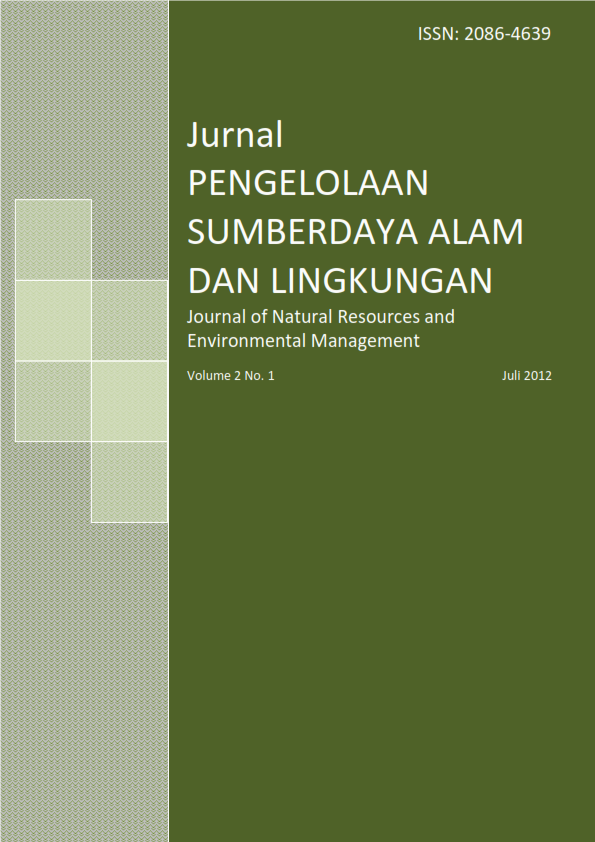PERENCANAAN PENGGUNAAN LAHAN KONSERVASI TINGKAT SATUAN PEMUKIMAN: STUDI KASUS UNIT PEMUKIMAN TRANSMIGRASI RANTAU PANDAN SP-3, PROVINSI JAMBI
Abstract
Erosion constitute one of constraint for dryland farming in Indonesia. In dryland farming in transmigration sites, almost all factors led to the high rate of erosion: high intensity of rainfall in a short period, steep slope, opening of forest landcover for cultivation, and the absence of conservation efforts. This research was conducted to determine the soil conservation measures according to spatially calculated erosion. The calculation of the erosion rate was first carried out spatially, so that appropriate conservation could be recomended. The study was conducted in Rantau Pandan SP-3, Jambi Province. The amount of erosion was calculated using the method of Universal Soil Loss Equation (USLE) (Wischmeier & Smith, 1978). The results of the research showed that the magnitude of the maximum erosion in transmigration site of Rantau Pandan SP-3 ranged from 0.004 tonnes/ha/year to 496.97 tonnes/ha/year. The magnitude of this erosion is the maximum erosion in some land use types in the settlement and other part of land. Lands in Rantau Pandan SP-3 have an erosion hazard rate which were classified as mild to very severe. Tolerable erosion at Rantau Pandan SP-3 ranged from 29.7 to 35.8 tonnes/ha/year, taking into consideration the 300 years lifetime of soil. Spatially, erosion calculation can be done using several assumptions in accordance with the observations of field conditions. In each land use polygon can be assigned a maximum amount of erosion, which can then be used for the determination of soil conservation techniques. As erosion considered is the maximum erosion, protection against erosion can be guaranteed.
Key words: Dryland farming, erosion hazard, landuse planning, spatial
Authors
Authors who publish with this journal agree to the following terms:
- Authors retain copyright and grant the journal right of first publication with the work simultaneously licensed under a Creative Commons Attribution License that allows others to share the work with an acknowledgement of the work's authorship and initial publication in this journal.
- Authors are able to enter into separate, additional contractual arrangements for the non-exclusive distribution of the journal's published version of the work (e.g., post it to an institutional repository or publish it in a book), with an acknowledgement of its initial publication in this journal.
- Authors are permitted and encouraged to post their work online (e.g., in institutional repositories or on their website) prior to and during the submission process, as it can lead to productive exchanges, as well as earlier and greater citation of published work (See The Effect of Open Access).






